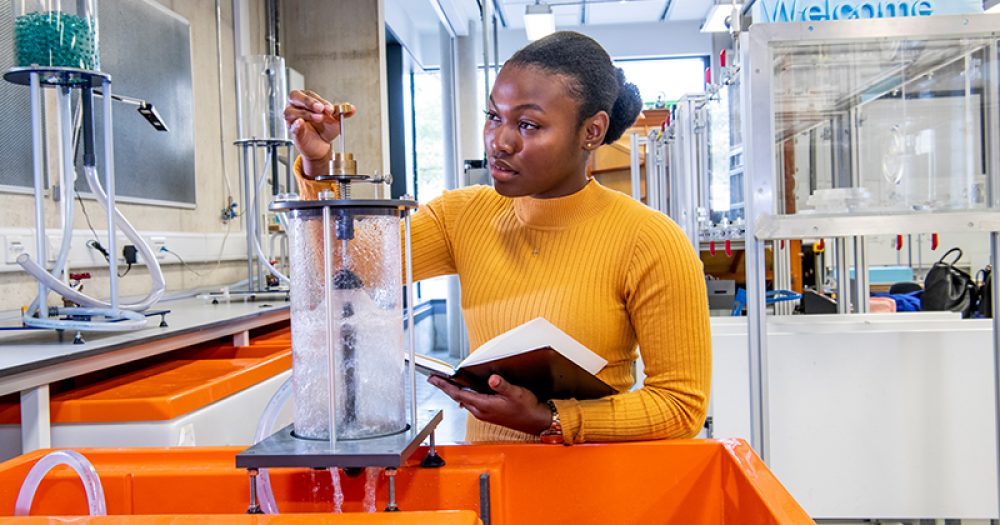To highlight the diversity of engineering careers that shape the world around us, the Royal Academy of Engineering recently celebrated This Is Engineering Day. But we have a problem, writes Rhys Morgan. There just aren’t enough young people joining the industry
According to the latest data from EngineeringUK, we need up to 59,000 additional people in the engineering workforce every year to 2024. Despite all the educational reform and the hard work of the FE sector, there is no sign that we are going to meet that need.
To make matters worse, only 12 per cent of the UK’s engineering workforce are women, while only 9 per cent are from black and minority ethnic backgrounds. We urgently need to tackle this skills and diversity shortfall if we are to have an engineering workforce that can serve society effectively.
Back in January 2018, the Royal Academy of Engineering launched This is Engineering, a digital campaign that tells inspiring stories of real young engineers through short films on social media. Working with partners across the profession, the campaign highlights the different levels of jobs available, with apprentice and technician levels alongside professional occupations.
The films include people like Bethan Murray who became a degree apprentice with Rolls-Royce in Derby and Alan Proud from Newcastle who struggled at school because of his dyslexia but found a highly rewarding career as an orthotics technician, making custom braces and splints for patients with disabilities.
To date, our This is Engineering films have been viewed over 37 million times. When we started, our research showed that only 39 per cent of teens considered a career in engineering. After a year, that figure was 72% among those who had seen the campaign. Crucially, the change in consideration had been greater among under-represented groups.
We need to ensure we have home-grown talent for the future
This week, we took the campaign to a new level, working with major brands and leading businesses to showcase what engineers and technicians really look like to a broader audience, with a new book list of great engineering reads on Amazon and by showing our films in stations and on trains across the country.
Promotion aside, we found that a bigger problem was limiting our reach of young people. When we employed an AI algorithm to “learn” what an engineer looks like based on online image search results, what it revealed, perhaps unsurprisingly, was a white man wearing a hard hat.
This is an incredibly outdated and narrow stereotype of an engineer that persists in the online world, and we are working with over 100 organisations to tackle it. We’ve launched a new library of free-to-use images of engineers that better reflect the sector in its full diversity.
But we know the campaign on its own isn’t enough. Many of the challenges that hamper young people’s progress to engineering and technician careers are down to education policies. The problems include: the English Baccalaureate’s focus on a narrow set of academic subjects at the expense of creative and technical subjects; the continued disparity between academic and technical pathways; the seemingly continuous changes to apprenticeship standards; shortages of teaching staff in the FE sector and the need for subject-specific CPD for teachers and lecturers to make sure they are continually updating their knowledge of these fast-paced sectors.
There is so much still to be done, and as the UK continues on its path to leaving the EU, we need to ensure we have home-grown talent for the future. The stakes couldn’t be higher.
Most people never consider that prosthetic limbs, the internet, electric guitars and mobile phones have all been designed and built by engineers and technicians. They will play a key role in addressing many of the challenges that face humanity in the 21st century too, from a sustainable supply of clean energy to healthcare.
As we work to re-engineer AI learning to reflect the diverse sector we want and need to build, it’s time we also re-engineered our education system to meet these challenges.









Your thoughts